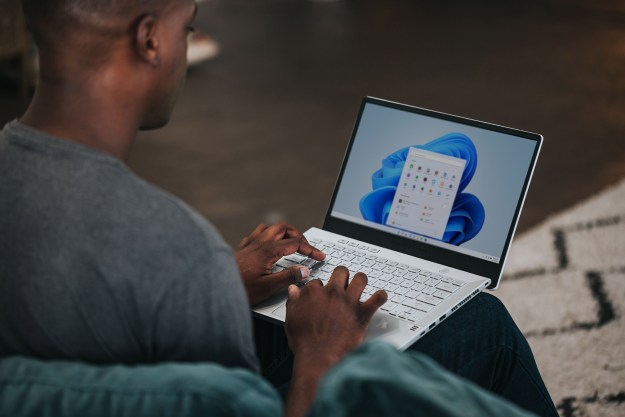In our new series “What Comes Next,” Riley Winn takes a look beyond the current state of COVID-19 at the steps businesses are taking as we move into the next phase of reopening. What happens when employees re-enter the workplace? How can we share office space and still feel safe? What are the measures businesses will be taking to ensure everyone’s safety? Winn takes a look at several different scenarios, some of which are already taking place around the world.
“Owners and management have to make sure their employees feel safe — and are safe — when showing up each day, and many businesses are leaning on tech to help out,” Winn says. Even something as mundane as using the elevator may encompass technology like the holographic floor buttons being used in Eastern China. Businesses may use no-contact thermometers to measure the temperatures of employees and customers. Companies like Amazon are implementing digital distancing monitors and cameras where employees can see if they are maintaining distances in high-traffic areas, as well as other wearables that will notify workers if they are getting too close.
On the low-tech side, office buildings may have directional arrows on the floor to move foot traffic in a way that maintains social distancing guidelines. Businesses may stagger which desks are open for use and which are to be avoided to maintain appropriate spacing, and cubicles may have plastic shields installed in between workers and between workers and customers. Hand sanitizing stations, of course, will be prevalent.
Watch other episodes to see how tech is helping keep us safe at:
Winn continues, “One thing that a lot of companies have realized during this pandemic is they don’t need offices as much as they thought. Twitter and Amazon have told their employees that they can work from home until they feel safe to come back into the office.” Zoom and other video conferencing apps will become more of the norm, and for many, “the commute to work for the foreseeable future could be just from the bed to the couch.”
Finally, Winn concludes, “after coronavirus, work will never look the same.” It will take some time to adapt and get used to the new routines of post-pandemic work.




